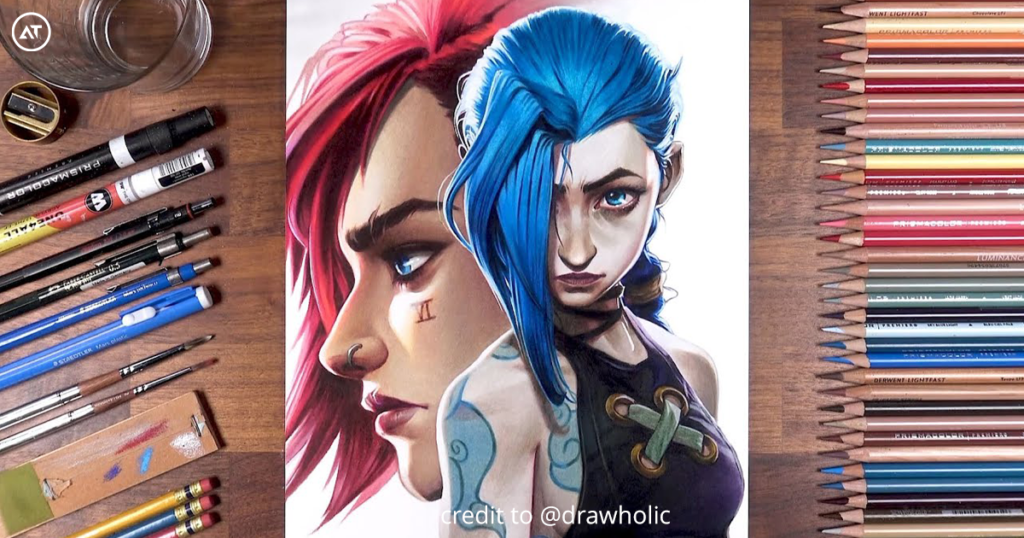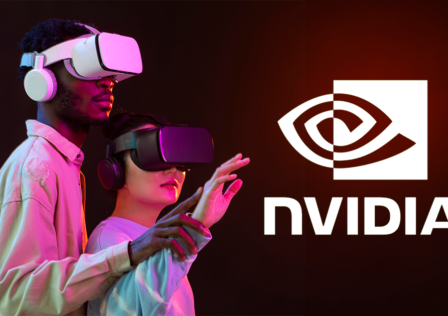As technology rapidly advances, the game industry plays an increasingly prominent role in our society. In recent years, gaming has become a major art form sought out by millions of gamers around the world every day.
From massive open-world games like Grand Theft Auto 5 and Fallout 4 to popular casino games like Slots and Blackjack, gamers are now taking center stage as they make immersive virtual worlds come alive with their imaginations.
As this trend continues to grow, it’s clear that gaming is establishing itself as an integral part of the entertainment landscape — so much so that it’s practically taking over art!
What do developers and artists think about art?
As technology rapidly advances, the game industry plays an increasingly prominent role in our society. Games are now seen as a true art form by many developers, artists, art directors, and gamers alike-created art has emerged as a powerful game design tool for game designers and developers to create unique visuals with dynamic animation and intricate details.
Developers are taking advantage of AI to develop games that feature complex worlds with realistic environments, engaging storylines, and immersive experiences for gamers. Artists utilize technological advances to create mesmerizing visual effects, dynamic audio scores, and virtual landscapes that can be explored within a game.
The increasing complexity of gaming graphics has encouraged developers to look at the gaming industry in a new light. How can art be used within games to convey emotion, tell stories, and create an impact?
How do players interact with each other and their environment as they explore virtual worlds? These are questions that game developers are tackling as they seek innovative ways of creating captivating experiences for gamers.
How do the game industry and art intersect?
The game industry has come to define a new era of art. With the rise of virtual worlds, games now explore immersive environments that replicate and sometimes even surpass real-world experiences. From 3D-rendered landscapes to photo-realistic characters, gaming is no longer merely about playing – it’s about experiencing.
The game industry became known as one of the world’s most influential and creative art industries. From complex game narratives to user-generated content, ai created art games are now more than just entertainment – they’re a form of expression that allows players to explore their creativity and share unique stories with the world.
However, as this new era of art emerges, questions have been raised about how it might affect existing copyright laws.
How will the game industry be affected by copyright laws?
These are important questions that need to be answered. As technology and gaming evolve, so too must our understanding of how art and intellectual property intersect in this new digital age. Only then can we truly begin to appreciate just how far the game industry has come and the positive impact hashing on art.
Ultimately, the game industry is revolting the way we think about art and creativity. It’s fostering a sense of exploration and expression that encourages people to explore their imaginations in unprecedented ways – and this trend looks to continue for many years.
How the game industry will continue to affect it and intersect with copyright laws remains to be seen. However, one thing or certain: gaming has ushered in a fascinating nart era that will captivate audiences for years to come.
Who benefits, and who loses out?
This question has become more and more pertinent in our ever-changing world. And, as the game industry continues to expand, one thing is becoming increasingly clear: art ng profoundly impacted by this growth. How? On the one hand, gaming provides unprecedented creative freedom and allows gamers to explore new ways of storytelling.
From expansive open worlds to detailed character game development and interactive stories, gamers can now be part of a world that activates their imaginations. This has immense potential for the creation of new art forms and the ability to express previously unimaginable ideas.
On the other hand, this growth in games also has some negative effects. As traditional art forms, such as painting and sculpture, become less popular in the mainstream, this can lead to a decline in appreciation for more traditional works of art.
This is especially true for the younger generation growing up with video games being an integral part of their lives.
Ultimately, it’s clear that the gaming industry has a huge impact on art — both good and bad. As the industry continues to grow, ai image it’s important to consider how this will shape our collective view of art and its importance in society.

Where will AI art take us?
These are all questions that must be asked as we look ahead. The world of art is in flux, and gaming has already significantly impacted it. With its near-endless possibilities for creative expression, gaming has become an attractive medium for many artists looking to push the limits of their imaginative capabilities.
Artists are now using gaming technology to create immersive worlds and experiences that were never before possible. This has opened up a new realm of possibilities for game creators and players, allowing them to explore and express themselves from entirely new angles. From detailed 3D visuals to complex gameplay mechanics, gaming art has the potential to capture and convey emotions in ways that traditional art forms simply can’t.
This is only the beginning of what’s to come in the game industry. How gaming will continue to shape and revolutionize art is yet to be seen, but one thing is certain: The future of art lies firmly within the gaming industry. It’s only a matter of time before gaming takes its rightful place as the next major art form.
Conclusion
As technology rapidly advances, the gaming industry plays an increasingly prominent role in our society. With its ability to provide an unparalleled gaming experience and connect players from around the world, gaming has become an integral part of our cult. It quickly established itself as a major concept art style form.
From massive open-art world games to casino games, gamers can now express themselves through their artistry and share these experiences with others. Through this, the game art industry is taking over art, allowing gamers to explore their imagination and create memorable experiences that will last a lifetime.
FAQs
How has gaming become an integral part of the entertainment landscape?
With more people turning to games for entertainment, these virtual worlds provide a space for them to explore their imagination and create memorable experiences that can be shared with friends and family.
As gaming continues to grow, it’s clear that it plays an important role in the entertainment landscape and has become an integral part of our lives.
How can gamers express themselves through their artistry?
Additionally, they can share these experiences with others, allowing them to connect and engage with other gamers in meaningful ways. Through gaming, they can explore their imagination and create memorable experiences that will last a lifetime.
How have games become more innovative?
Additionally, the emergence of Augmented Reality (AR) and Virtual Reality (VR) has allowed developers to create even more immersive gaming experiences, opening up even more possibilities for players to explore. This has resulted in games becoming even more innovative and engaging than ever before.
How can gamers connect and engage with each other?
How has technology enabled gamers to create unique experiences?
How has gaming impacted our society?
With its ability to provide an unparalleled gaming experience and connect players from around the world, gaming has become an integral part of our cult. It is quickly establishing itself as a major art form.





